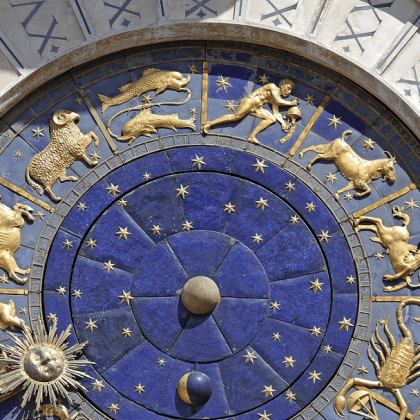A treasure trove of ancient astronomy and astrology
Codex Climaci Rescriptus is worth knowing about. It is the only surviving Greek witness to Hipparchus’s previously lost star catalogue, is over seven centuries earlier than the next surviving witness of Eratosthenes, and is the earliest witness to parts of Aratus’s Phaenomena.
It’s a palimpsest, which means it has two layers of writing, because it was erased and recycled in antiquity. One of the recycled parts is a treasure trove of ancient Greek astronomy and astrology, dating to the 5th or 6th centuries.
In these leaves we glimpse the remains of what must have been a substantial manuscript, containing the Phaenomena, drawings of the constellations, Eratosthenes’s Catasterisms and his enumeration of the stars of each constellation, followed by star positions in degrees from Hipparchus.
The codex solves some textual riddles, giving manuscript support to a scholarly conjecture in the problematic hexameter of Phaenomena 286, or resolving a textual question in Eratosthenes by stating that Ariadne’s wedding took place in Idaea. It also provides the Greek story behind part of Hyginus’s De astronomia about Hyas, brother of the Hyades.
This work emerges from a decade-long project based at Tyndale House in Cambridge. We want to highlight that many of the discoveries were made by undergraduate student interns. These dedicated young people spent enjoyable summers in a large room together, staring at barely legible text on screens and discussing with each other their discoveries.
The Museum of the Bible is now releasing high resolution images under a Creative Commons licence, and it’s my hope as project leader that this will broaden the number of people involved researching the codex. There is more to see in these images than we have published, and future imaging is likely to reveal further text. There is a serious prospect that more of the text may be found in other palimpsests from Sinai.
Read the associated research, out now in the journal of the Classical Association The Classical Quarterly.






